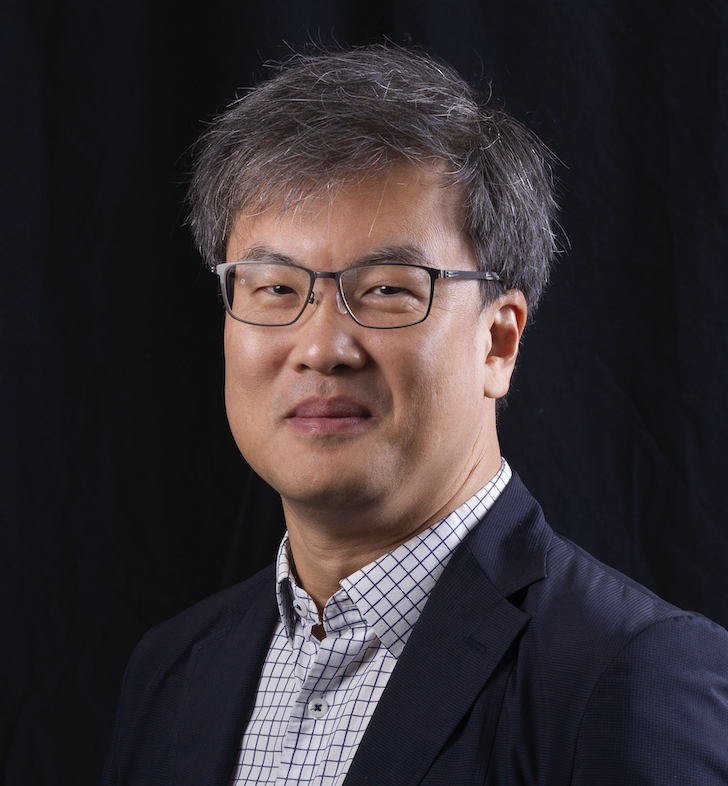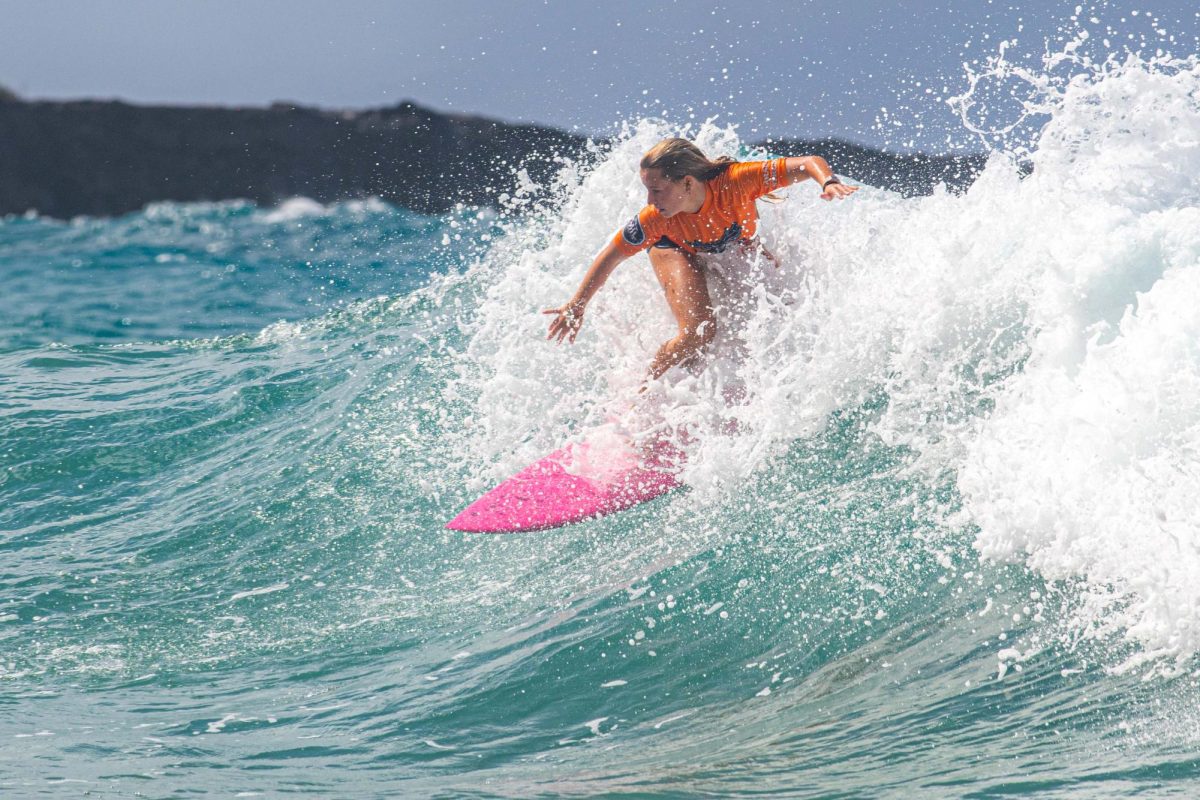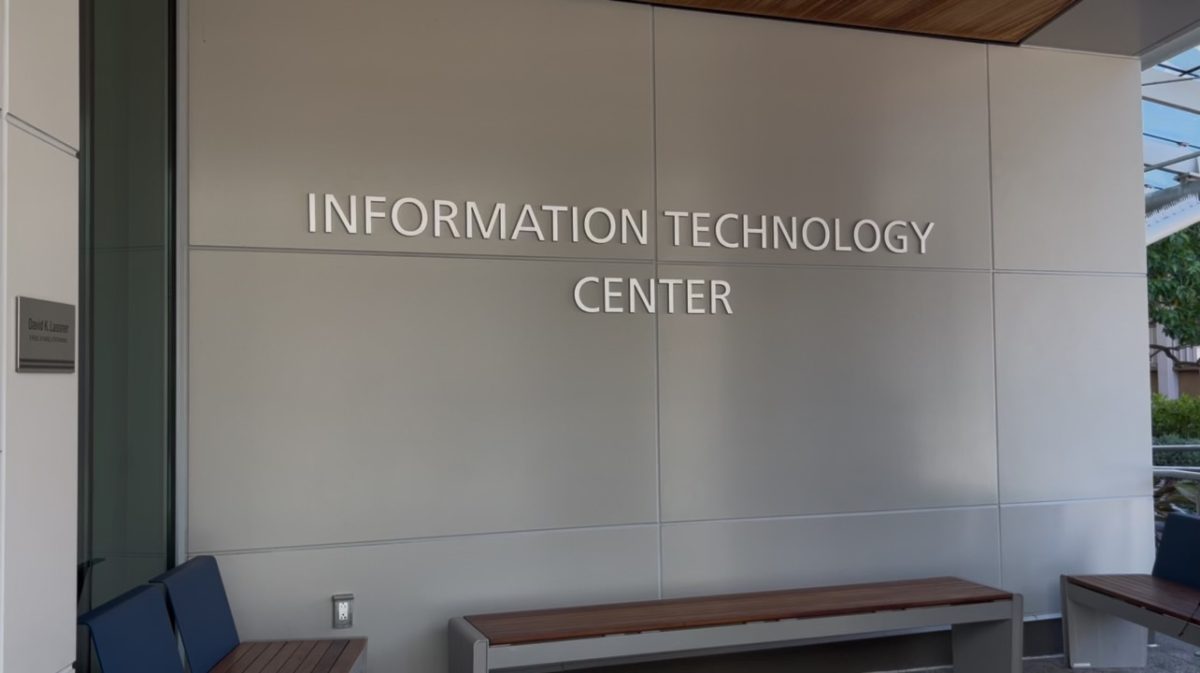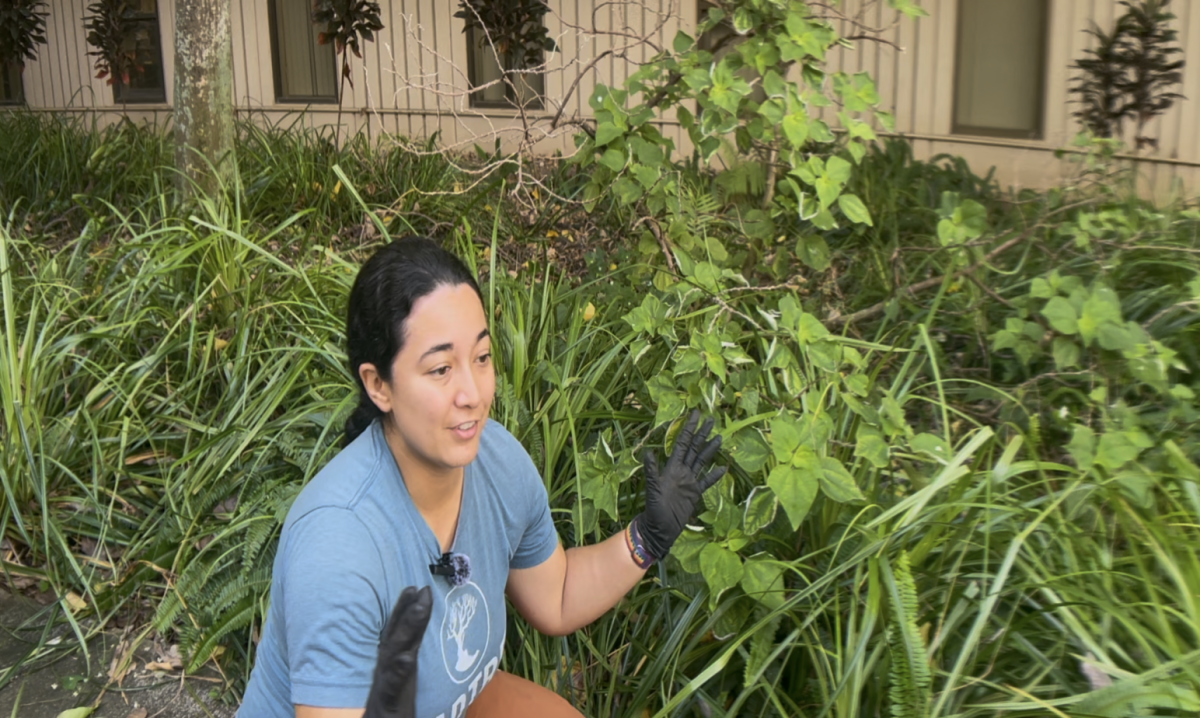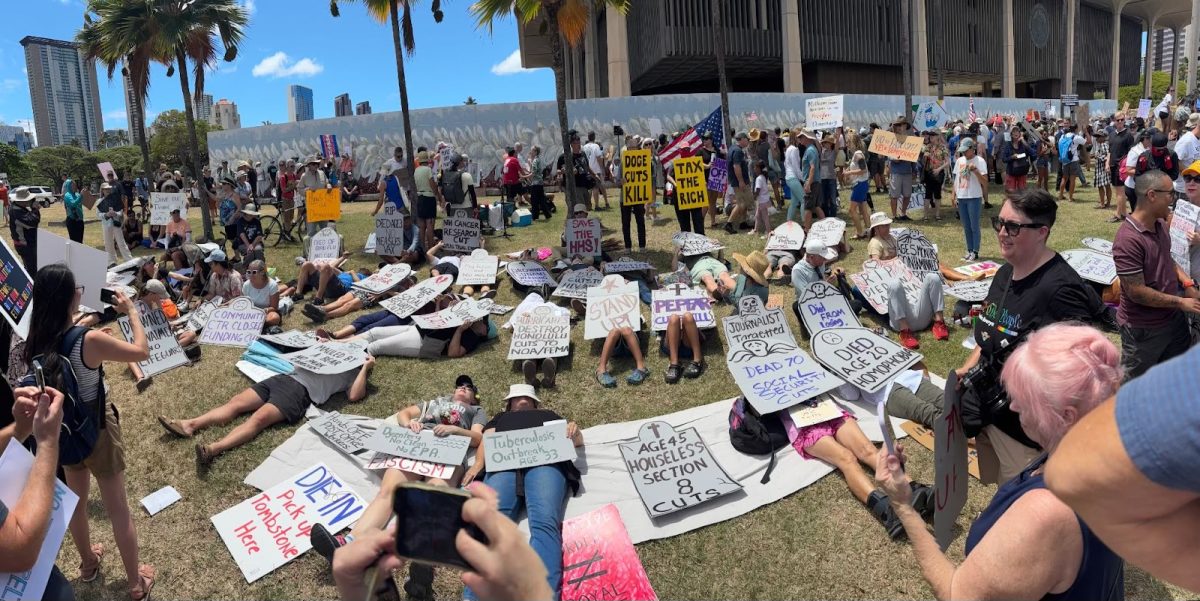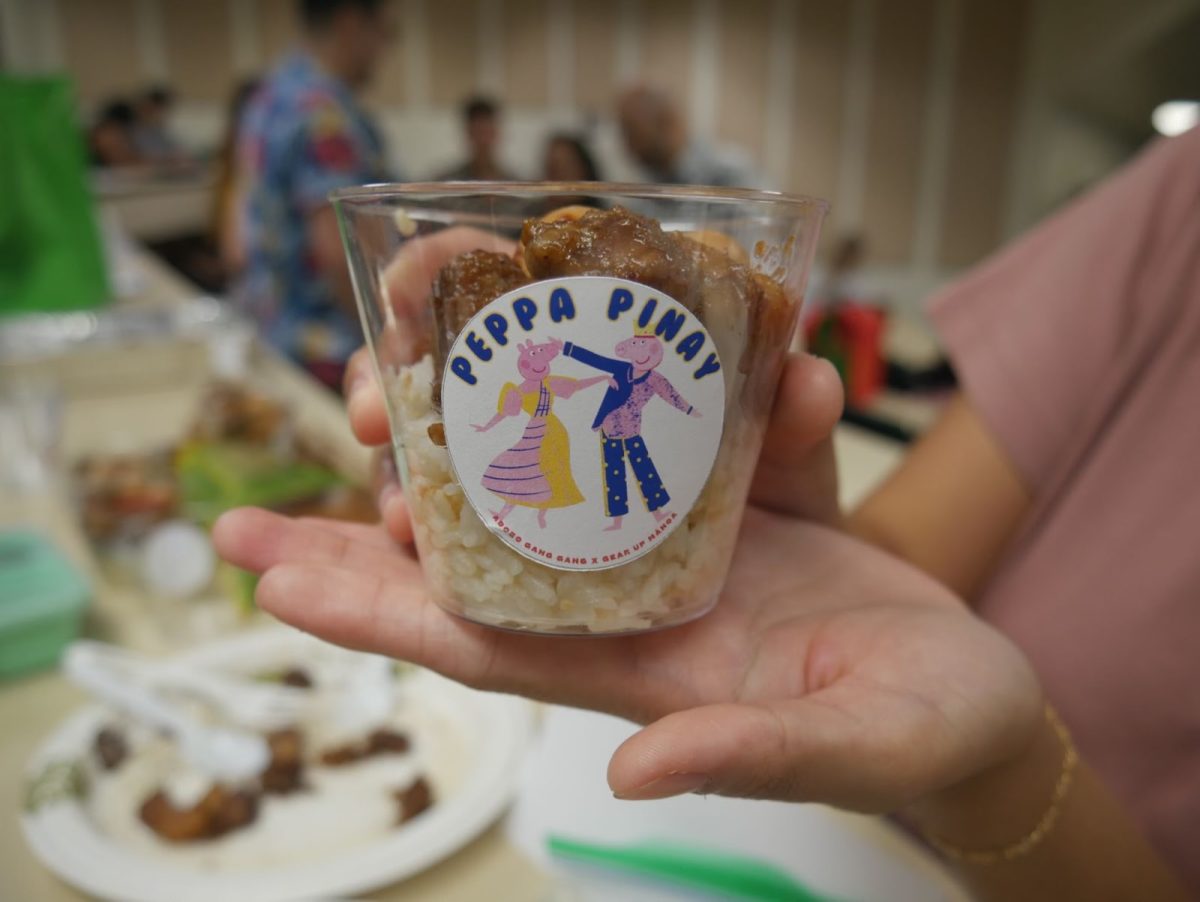A new technology under development in Hawaii aims to slow down food decay and provide the state with better food longevity.
Created by Soojin Jun, who specializes in Food Sciences at the University of Hawaii at Manoa, Supercooling has been in the works since 2013. It works by using two magnets that “dance” the food particles into a chamber. Jun’s startup business idea is to bring Hawaii’s restaurants and grocery stores the technology, which will make produce last longer and supports better access to food supply.
“We are able to extend the shelf life of fish and meat for much longer,” said Amanda Joya, a master’s degree student studying under Jun at the University of Hawaii at Manoa. “Fish consumption is about three to four days before it starts having quality degradation. We experimented up to 14 days.”
The secret behind the longer preservation of food is that Supercooling does not create ice.
“When melting or thawing to room temperature there are a lot of issues,” Jun said. “Ice is gone from the frozen food, and we have a space in there. The structure collapses. … Because some of the enzymes that can be released accelerate the oxidation process. So, your food is going to be like vinegar or rancid soon.”
Thawing is a huge issue because nutrients can seep out of the melted ice, losing the quality of the produce, he said. Food must be in a freezing temperature or will lose its value. Access to food may prove tricky because strawberries, for example, once taken out of the refrigerator, start to decay.
Time will always be the greatest variable Hawaii will face when produce gets off ships to the shelves in grocery stores. According to a Smart Cities report, 90% of our goods are imported. The statistics show dependency on ships as dire. Without constant unloading of containers, Hawaii residents cannot sustain the 1.4 million people that live on the main islands.
Alexis Chapman, director for the Hawaii Food Industry Association (HFIA), an association that represents Hawaii’s big grocers like Safeway, wants stores to sustain produce. Refrigeration chemicals that were first introduced, CFCs, were discontinued because of their depletion of the ozone layer. The replacement chemical, HCFs, have been in use but the Hawaii lawmakers want to phase out this greenhouse gas.
Chapman said that small businesses would be impacted the most due during this technological transition.
HB197, a bill considered during the last legislative session that would have discontinued HCF use in the state, did not pass, but lawmakers still could reintroduce the bill or similar legislation next year. Chapman said HFIA is hopeful that this new technology developed by Jun has the resiliency to adapt to change, when HCFs are discontinued.
“So for us, what that means like resiliency, it means just being able to manage,” Chapman said. “Change like managing disruptions in the supply chain or in the system without the kind of negatively impacting the end user, the customers. In Hawaii, they are because it’s so challenging to feed the state in normal times where actually our members are very resilient.”
Supercooling is still in its developmental stage, Jun acknowledged. At this point, the technology costs researchers more than $1,000 a unit. Jun said that price point needs to be much lower for mass adoption.
“I think 50 years for the commercial availability is fundamentally okay,” Jun said. “Look at the microwave oven. It has been 50 years also. Now everyone has one. So having 50 years of 100% commercial availability is not too bad.”

